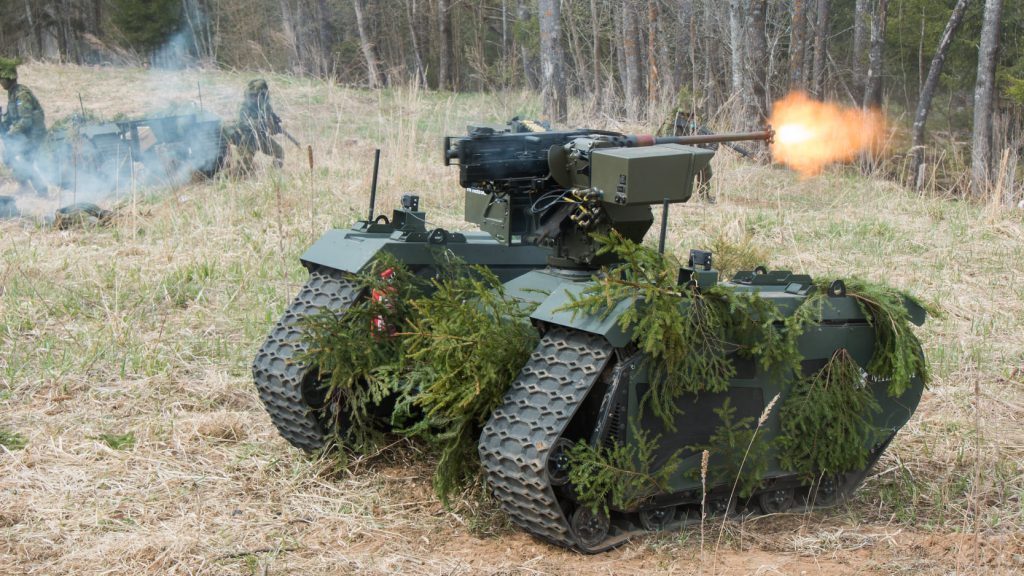Estonia recently made significant strides in the field of autonomous military robots as it hosted a groundbreaking trial of Uncrewed Ground Vehicles (UGV). With participation from 11 international developers representing nine countries, the trial marked a comprehensive and first-of-its-kind examination of autonomous capabilities.
It’s understandable that more and more people are chomping at the bit to explore military robots. We’re in a time where these contraptions can look like anything from an RC car to a robot on its own mission. With advanced tech, these bots can make their own decisions and be put into risky circumstances…safely. Most importantly, they can keep soldiers supplied without any human having to traverse dangerous terrain.
However, crafting autonomous robots to navigate the real world is a confusing and long-term undertaking. To try and unravel the difficulty of this mission, the Estonian Military Academy joined forces with defense and autonomy pros from Finland, Germany, the Netherlands, Norway, Sweden, and Britain for a two-day experimental run.

During the trials, the UGVs faced increasingly difficult tests, including navigation on roads, off-road terrain, and dense forests. They were required to autonomously plan routes, execute point-to-point maneuvers, and navigate around obstacles. Moreover, the robots had to demonstrate their ability to collaborate with human team members effectively.
While the participating platforms were not ranked, an international team of specialists prepared comprehensive reports after the event. These reports provide extensive feedback and insights on the latest advancements in unmanned ground systems, benefiting the defense forces, partners, and participating companies.

The coordination and organization of this event were accomplished through the collaborative efforts of the Defense Academy and support from Germany, the United Kingdom, Finland, Sweden, Norway, and the Netherlands. The trial witnessed the participation of major players in Europe’s unmanned ground systems field, as well as companies introducing their platforms to the public for the first time.
The Estonian trial represents a significant milestone in the development of autonomous military robots. As technology continues to progress, such trials will play a crucial role in refining these machines, enhancing their capabilities, and ultimately shaping the future of warfare.


